Trichorhina tomentosa – “Dwarf White Isopods”
Overview
Pronounced: (Try-core-rine-a) | (Tor-men-tos-a)
Care Level: Easy
Special Abilities:
Parthenogenesis– asexual reproduction, females do not require fertilization from males.
Apparent Death- Known as “playing dead,” behavior where the isopods will curl into a “C” shape and stop moving when threatened.
We have Dwarf White Isopods for sale, captive-bred from our mother culture that was started in 2017. This species is the most established and well know isopod in the hobby. They are a staple in the reptile community, for bioactive cleaning, and their practical use as a prolific feeder for small Reptiles, Amphibians, and Invertebrates. With its easy-care, adaptability, and rapid breeding rate, this species is perfect for almost any set-up.
Dwarf White Isopod Care Sheet
Appearance and Size
Adult Size: 1-5 mm
Reproductive Rate: High
Individuals display a white exoskeleton, with undertones of black along the dorsal ridge. Their small size makes them unnoticeable to larger predators, and they are ideal tank janitors for larger species. This species prefers to stay in the soil and burrow. Which makes them great for snakes; they will not disturb them while resting.
As we mentioned before Dwarf white isopods are parthenogenic, females do not need males and can “clone” their own DNA to make offspring. This feature makes them one of the fastest breeding isopods. The high production also makes them a great supplemental feeder for small reptiles like Dart Frogs.
Trichorhina tomentosa “Dwarf White” Isopod Husbandry:
Temperature: 70-85°
Humidity: 80-90 %
Dwarf White Isopods thrive in moderate to high humidity ranges. They prefer temperatures 70-85 degrees but are able to withstand much warmer and cooler than listed. This species loves a good layer of leaf litter and decaying matter to hide under.
Isopod Container Habitat: For display, a ventilated acrylic or Glass Enclosure is recommended. An economic option is a plastic container but lacks visibility and aesthetics. This species does not require a huge amount of ventilation, vent holes can be grouped to the dry end of your breeding bin.
Dwarf White Isopod Diet
- Fiber-Based: Decaying Hardwood (non-pine), Leaf litter, Alder Cones, Magnolia Cones.
- Vegetable-Based: Freeze Dried Peas/Beans, Mushrooms, sweet potato
- Protein-Based: Yeast, Shrimp Meal/Pellets, Insect Frass (they love it!)
In our store, you will find Springtail Feed that is high in nutritional yeast, and our Isopod Food is a balanced recipe of Plant matter and proteins.
An important note when feeding is not to overfeed. Old food can spoil and attract fungus gnats, fruit flies, and mites.
Dwarf White Isopod Breeding
Females: As they reach adulthood females will have a white cavity in between their legs. Females also seem to be larger than males.
Males: Do not have a white cavity between legs.
Females do not need males to breed in this species.
When breeding it is important to check colonies as part of a weekly routine and follow the above care guide.
Natural Habitat:
While researching the origins of Dwarf White Isopods. We realized that most sites are just making up information on origins most saying “North and South America,” or origin Debated due to worldwide distribution.
We took the time tracing the timeline of this species. Which has been rediscovered a few times throughout history. This species was first discovered by Gustave Budde-Lund one of the world’s first Invertebrate Zoologist in 1893 on the Galapagos Islands during a scientific sea voyage. This is the first recorded text of the species. Distribution originally was in South America, however today the species can be found worldwide in temperate and tropical climates.

Gustav Budde-Lund, first recorded Dwarf White Isopods in 1893
Location of the Galapagos relative to the USA.

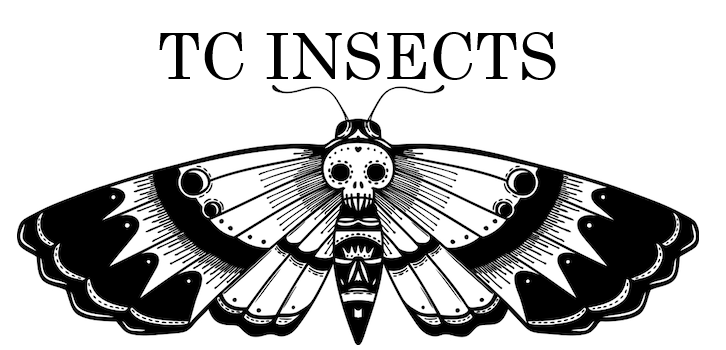


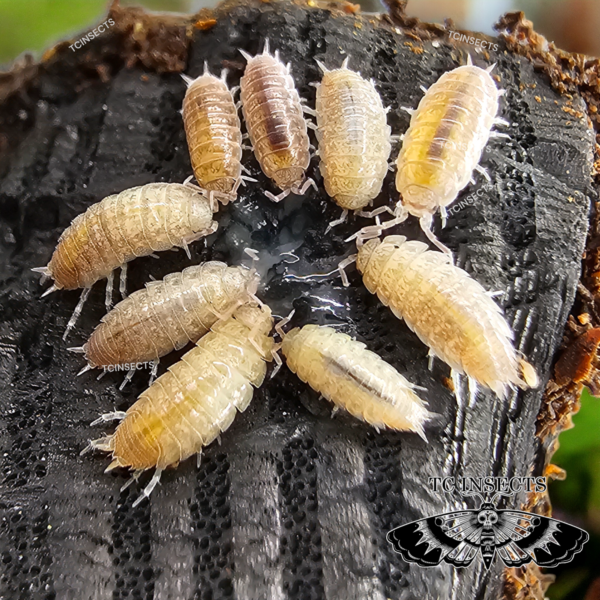
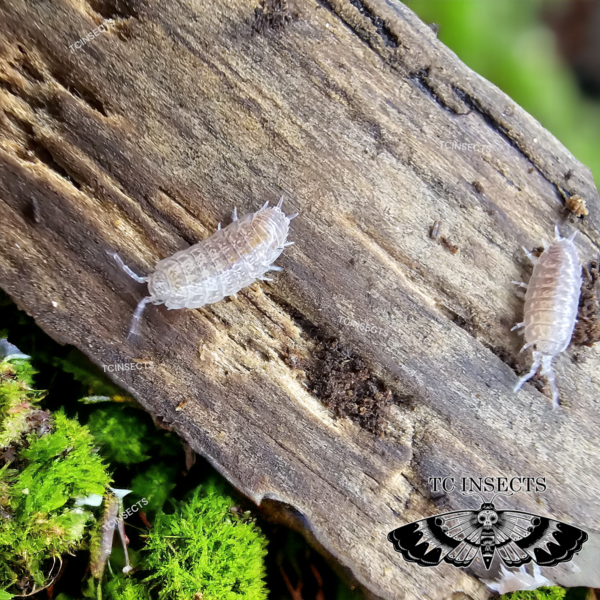
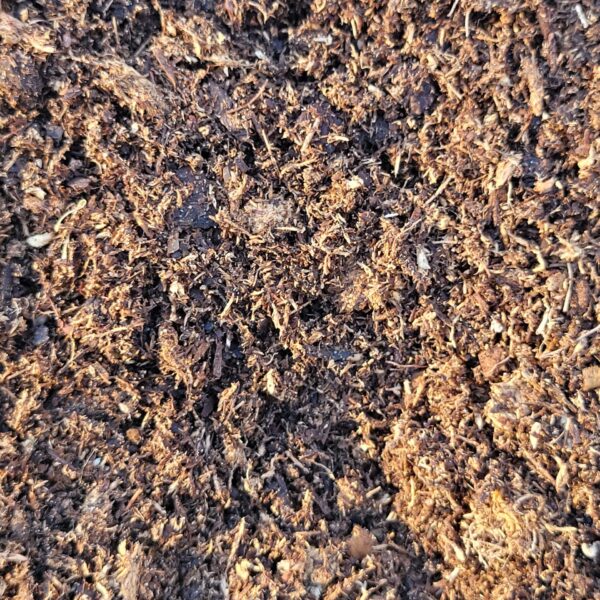
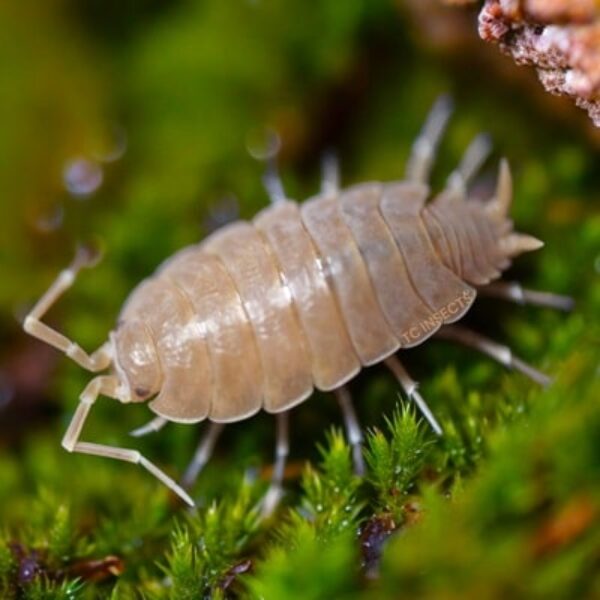
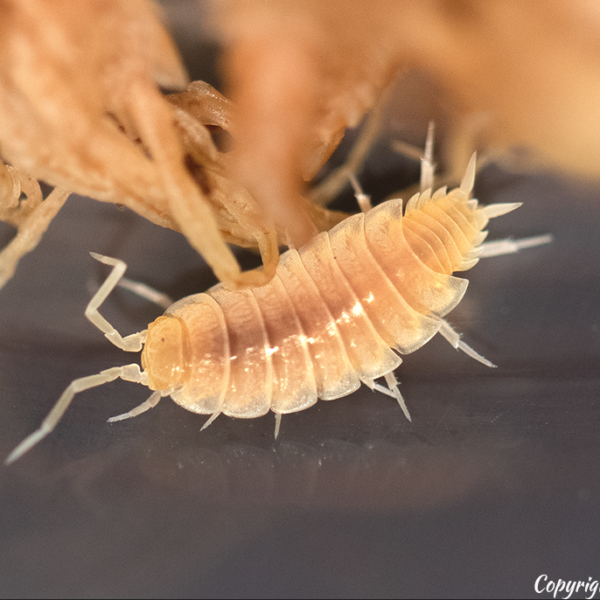
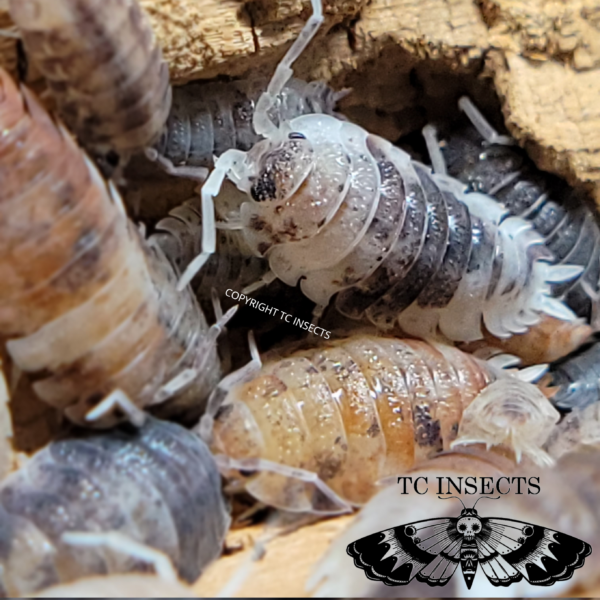
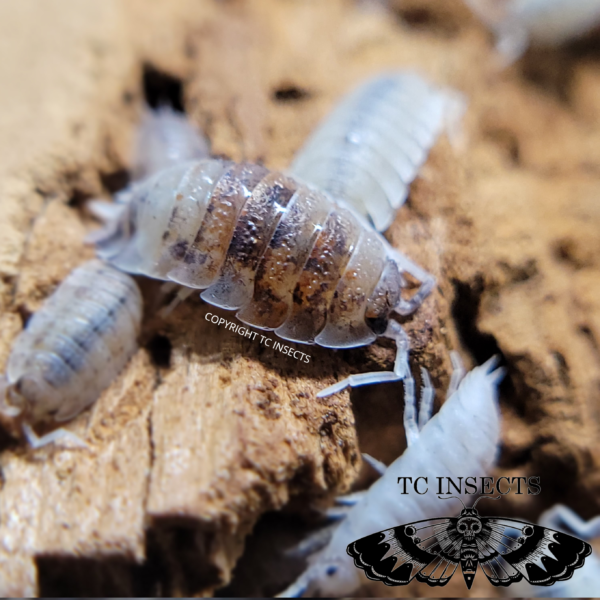
You must be logged in to post a comment.